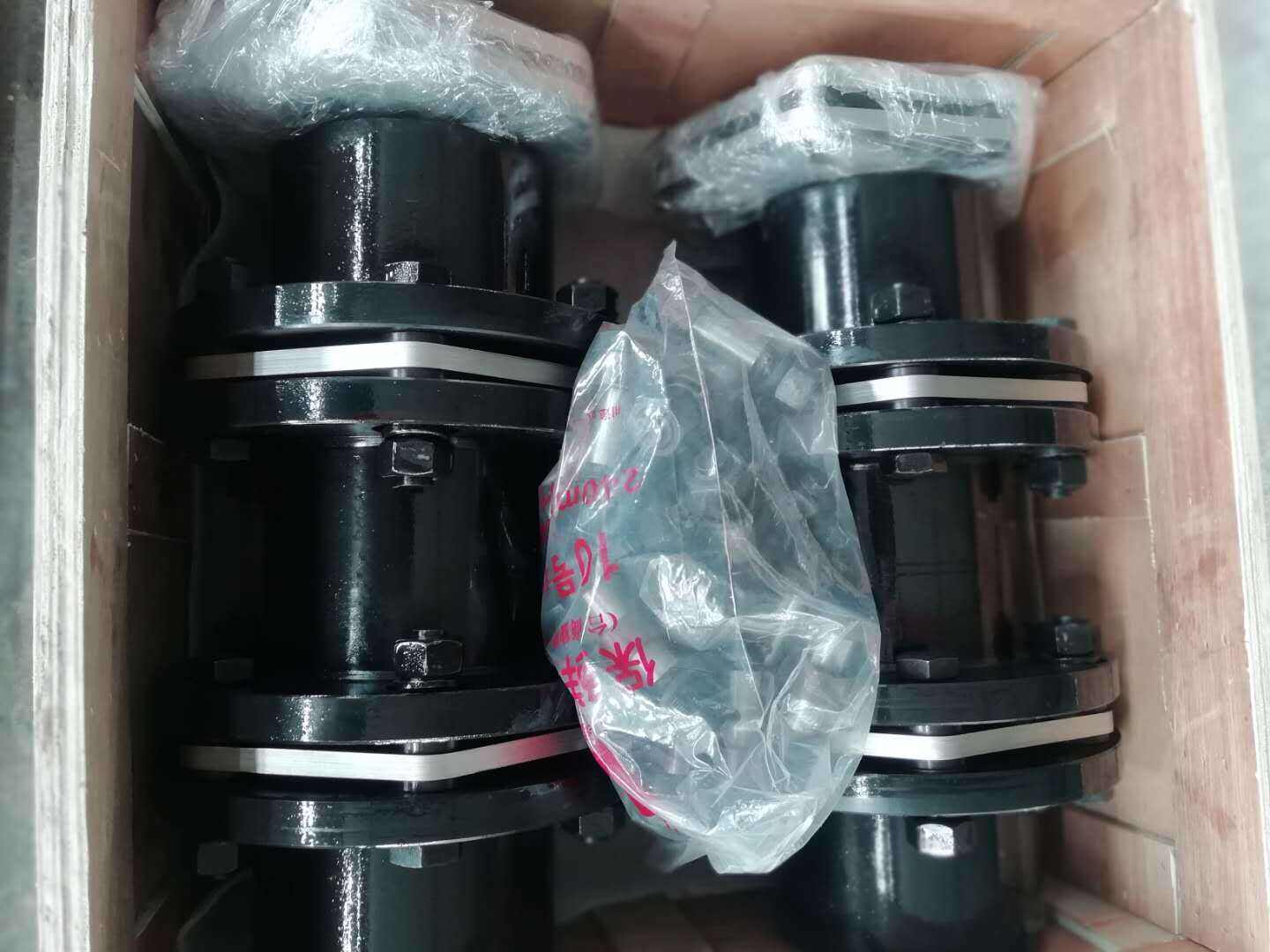tyre flex coupling
A tyre flex coupling represents a crucial mechanical component designed to connect two shafts while accommodating misalignment and reducing vibration transmission in power transmission systems. This versatile coupling utilizes a specialized rubber or elastomeric element sandwiched between metal flanges, enabling it to absorb shock loads and dampen vibration effectively. The design incorporates multiple layers of reinforced rubber bonded to metal components, creating a robust yet flexible connection that can handle angular, parallel, and axial misalignments. The tyre flex coupling operates by allowing controlled deformation of the elastic element, which helps protect connected equipment from harmful vibration and shock loads. Its unique construction provides excellent torsional flexibility while maintaining high torque transmission capabilities. These couplings are particularly valuable in applications where equipment protection and smooth operation are paramount, such as in pump systems, compressors, and industrial machinery. The tyre flex coupling's ability to operate without lubrication, coupled with its minimal maintenance requirements, makes it an economical choice for various industrial applications. Modern manufacturing techniques ensure these couplings meet stringent quality standards, offering reliable performance across different operating conditions.


